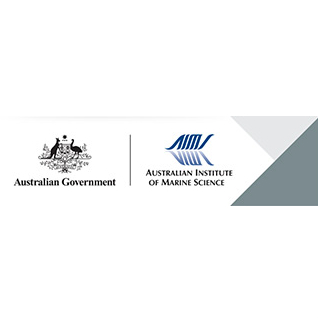Brief description
We used passive acoustic telemetry to examine the effects of two types of artificial light (metal halide and high pressure sodium) on the movement patterns of flatback turtle (Natator depressus) hatchlings as they disperse through nearshore waters. A total of 91 hatchlings were released, 30 of which were released under ambient conditions, 31 were released when a high pressure sodium light was present on a boat anchored in the nearshore and 30 were released when a metal halide light was present on the boat. Artificial light attracted hatchlings during their dispersal from shore, causing them to become disoriented and thus spend more time in the near shore. The metal halide light was more disruptive than high pressure sodium. Ocean currents influenced hatchling trajectories under ambient conditions but when light was present, their effect was diminished as attraction to lights caused hatchlings to swim against currents. Under ambient conditions hatchlings moved perpendicular to the shoreline and did not appear to orient towards the peak wave direction. Our study shows that artificial lights at sea can delay the transit of hatchlings through the nearshore and cause them to expend energy lingering around light sources. As such, light mitigation strategies similar to those used on land are needed to minimise impacts on hatchlings in water.Lineage
Maintenance and Update Frequency: notPlannedNotes
CreditUniversity of Western Australia (UWA), Australia
Department of Biodiversity, Conservation and Attractions (DBCA), Australia
Pendoley Environmental, Australia
Modified: 23 06 2025
text: westlimit=114.8830032348633; southlimit=-21.521114004578827; eastlimit=115.08281707763673; northlimit=-21.386909590741197
Wilson P, Thums M, Pattiaratchi C, Meekan M, Pendoley K, Fisher R, Whiting S (2018). Artificial light disrupts the nearshore dispersal of neonate flatback turtles Natator depressus. Mar Ecol Prog Ser 600: 179-192
- global : f467e477-7244-44f9-997b-3e4a13c1f48d


